Amazon COVID-19 FAQ and tips
CORONA / COVID-19 has had a massive impact on the Amazon Marketplace, and many sellers have become unsettled. First, because of the categories restrictions for the FBA service, what products are allowed to be sent to Amazon logistics centres? On the other hand, for sellers and vendors, how is Amazon handling the advertising campaigns in the PPC and DSP area? The Amazon Marketing Team has now put together some FAQs to answer basic questions about the impact of COVID 19 on advertising campaigns and product sales.
What are some of the changes Amazon has made based on COVID-19?
For an updated list and what we do to support our employees, partners, customers, and communities visit the Amazon Blog: Day One. There you will find information about our decision to prioritize household goods, medical supplies, and other high demand products that arrive at our logistics centres.
How do I know which products Amazon is currently prioritizing?
We consider many factors when deciding what is appropriate, including high demand products that customers need now; current inventory and inventory in transit; capacity of logistics centres; and our ability to comply with the latest health regulations. In the U.S. and Europe, sellers can use the Restock Inventory Page and Restock report in Seller Central to verify which products are eligible for shipment.
I have concerns about my inventory. Should I pause my sponsored ad campaigns?
Sponsored ad campaigns are automatically stopped when advertised products are out of stock. You do not have to do anything. Below you will find more detailed information on how each ad product works if the products are out of stock:
- Sponsored Products and Sponsored Display ads are automatically paused when advertised products are out of stock. As soon as the products are in stock again, the campaigns will automatically go live back, if they are still active.
- Sponsored Brands campaigns that link to a product list page showing less than two products in stock are automatically stopped. Campaigns that relate to a store will continue to run regardless of stock levels. With stores, you can present your entire product catalogue on your brand-specific target page on Amazon, which may help you to be less dependent on inventory. For the product grid and full-size product tiles, you can choose not to display out-of-stock products in your store. If you choose this option, the products will automatically be displayed again when they are back in stock.
Should I do anything with my display, video, or personalized ads, or Amazon DSP campaigns if my inventory is low?
We recommend that you contact your Amazon representative to discuss stock levels and develop an action plan for your campaigns.
What happens if products are no longer in stock in my store?
For the product grid and full-size product tiles, you can choose not to display out-of-stock products in your store. If you choose this option, the products will automatically be displayed again when they are back in stock.
What are my options for shipping products myself?
Sellers can use the Merchant Fulfilled Network (MFN) to manage the shipping of an Amazon order themselves. More information can be found here. Merchants can talk to their Vendor Manager about Direct Fulfillment.
Some products in my campaigns currently have longer delivery times. Should I make changes to my campaigns?
If you have longer delivery times, here are some tips to optimize your campaign results:
- Sponsored Products: Choose ‘Dynamic Bidding – Increase and Decrease’ as this bidding strategy takes into account changes in the conversion rate and adjusts your bids accordingly. Fixed requests are not automatically accommodated – you will have to change them manually.
- Sponsored Display: Bids for Sponsored Display are dynamic, so the bids automatically adjust according to the probability of conversion. You could reallocate budget to products that generate more sales.
- Sponsored Brands: Consider which keyword and product targeting strategies work for your business. You can increase the budget for policies that lead to conversions and decrease it for strategies that are not successful.
Are there any keywords that I should not use in my sponsored ad campaigns at the moment?
Regarding COVID-19, we have at this time restricted advertising for keywords in the areas of protective equipment, including face masks, hand sanitizers, medical gloves, and other related keywords. As before, you should choose keywords that are relevant to your products.
What can currently help me better manage the Advertising Cost of Sales (ACoS) of my sponsored ad campaigns?
These are some strategies to manage your ACoS:
For Sponsored Products campaigns, it is best to use ‘Dynamic bids – lower only’, or ‘Dynamic bids – raise and lower’. If you choose one of these strategies, Amazon will automatically lower the bid in real-time when your ad is less likely to sell. We currently recommend using these strategies instead of ‘Fixed Bids’.
- Evaluate which keyword and/or product targeting strategies work for your sponsored products and sponsored brands campaigns. As always, you can then increase bids for those strategies that lead to conversions and decrease bids for strategies that are not successful.
- For Sponsored Products and Sponsored Brands, you can also use negative product targeting to exclude products that do not lead to clicks or sales.
What can help me currently control the Return on Ad Spend (ROAS) for my Amazon DSP campaigns?
Here are some things to consider when controlling your DSP ROAS:
- Automatic optimization adjusts your bidding, budget allocation, and pacing based on changes in conversion rate and KPI’s you have set up.
- Use the Audience Segmentation Report to see the results for each audience segment of a specific campaign. You can add target groups that lead to conversions and remove those that are not successful.
- Use the custom report template to check the results for different campaigns and line items such as inventory. You can use these insights to adjust your targeting settings accordingly.
Does Amazon currently offer other tools to support my business?
If you are a retailer or a seller registered in the Amazon trademark register, you can use the following free self-service products to communicate your brand message and deepen your relationship with potential customers:
Amazon Brandstore: This free solution lets you create a dedicated target page for your brand on Amazon, helping shoppers discover the product diversity of your brand. Stores are easy to set up and update and are displayed on mobile devices and desktops without any additional effort. You can link Sponsored Brands and DSP ads to generate traffic to your store home page or sub-pages.
- Posts (U.S. beta): Posts is a new shopping experience on Amazon that focuses on brand shopping. Posts help shoppers discover new products and see what’s unique from brands in feeds. They are linked to product detail pages, linking each post in the feed to a shopping experience. In addition, each post includes category tags to help buyers discover more posts in related categories. To participate in the Posts beta, you must have a U.S. Store.
- Amazon Live (the USA only): Interact with buyers in real-time through interactive video live streams. You can stream for free on the product detail pages of your products, as well as in various other placements on Amazon where buyers browse. U.S. retailers, as well as sellers registered in the Amazon trademark register, can use the Livestream on Amazon.
Ronny beschäftigt sich seit einigen Jahren intensiv mit dem Thema Suchmaschinenoptimierung, ist regelmäßig auf Konferenzen als Speaker unterwegs und bloggt gerne über seine Kernkompetenz SEO.






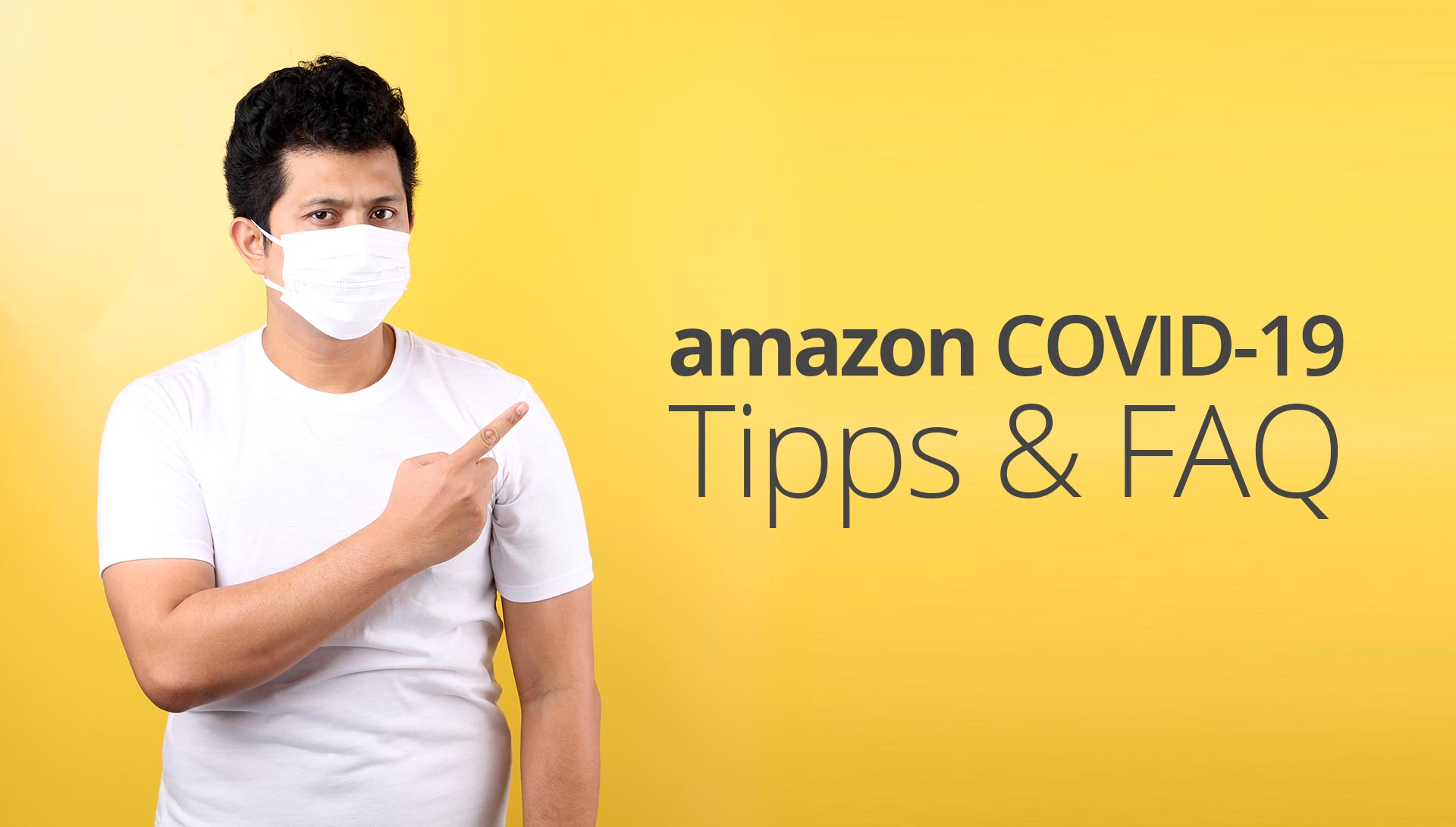

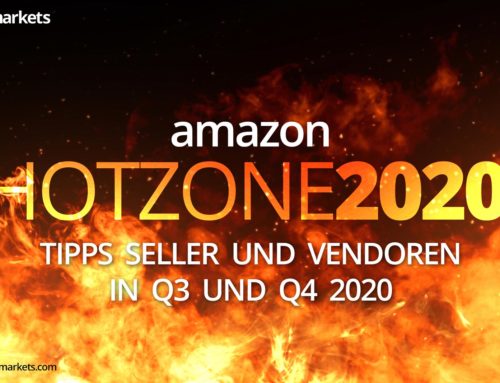
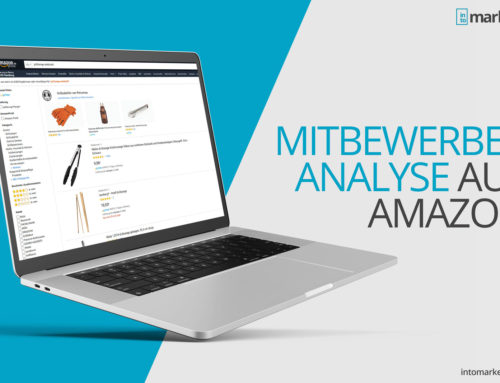
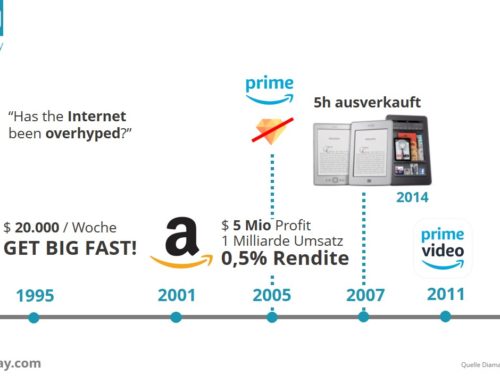

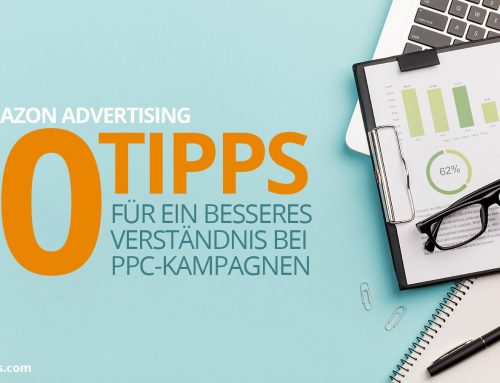
Leave A Comment